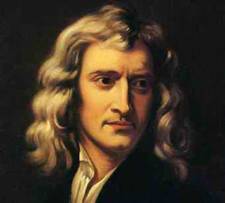
 |
|
|
|
Sir Isaac NewtonSir Isaac Newton is considered by some to be the most influential man in the history of science, more so than even Albert Einstein.
Newton was born in England, spent many of his years living there, and also eventually died in the country. But during his living years, Newton accomplished so much. He contributed so much to science that some historians say that he significantly progressed ever field that he ever studied. Now that is some compliment.
Sir Isaac Newton is believed to have developed the the study of Calculus.
In short, of all the famous math people the world has ever known, Sir Isaac Netwon might be most influential mathematician.
Return from Sir Isaac Newton to other Famous Math People.
|
|||||||||||||||||||||||
| . | ||
| Home │ Site Search │ Math Help Blog │ Help Keep GradeA Free | |
Written by Team GradeAmathhelp.com, all rights reserved. | ||
